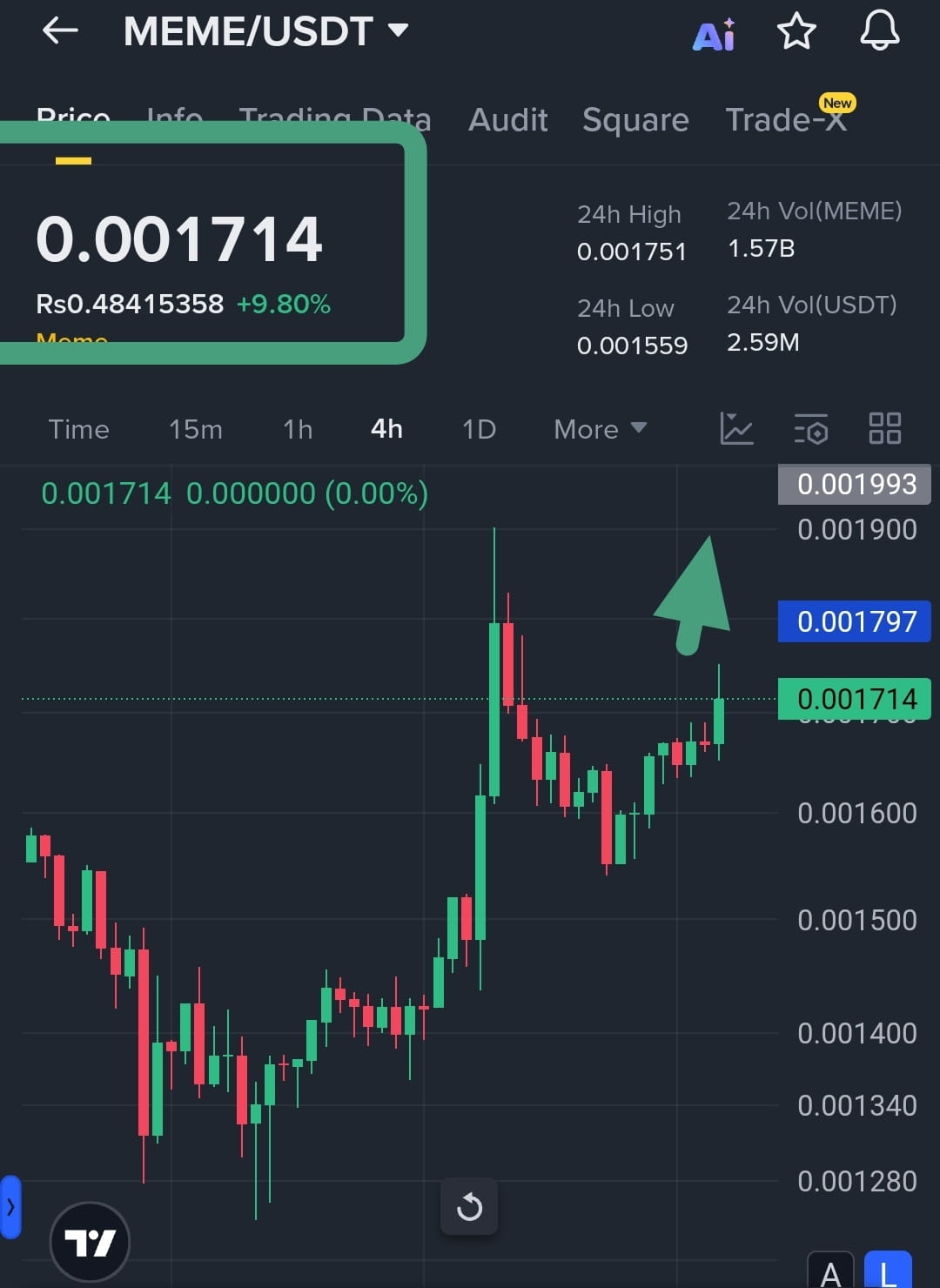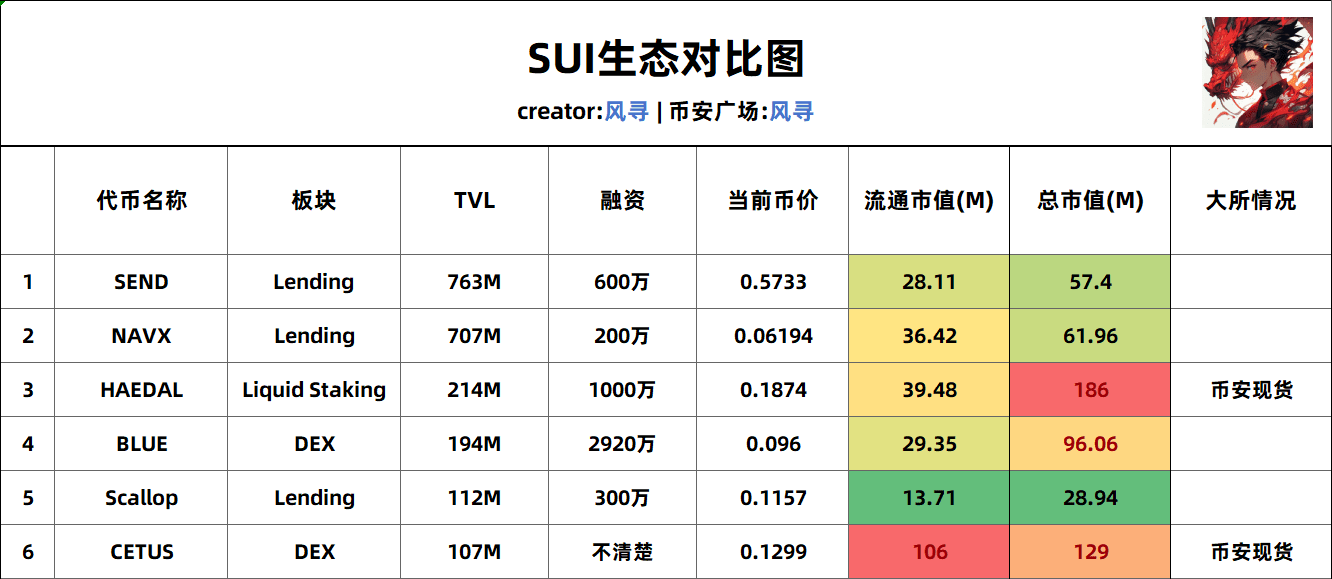Guys, let's be honest: Who the hell loves reading white papers?
99% of white papers, upon opening, are filled with "cryptography," "Byzantine," "state machines," and all sorts of abstruse jargon that can put you to sleep in just five minutes.
But the Hemi white paper is an exception.
I stayed up all night last night to finish it. The moment I turned off my computer, I didn't feel sleepy, just tingling.
Why?
Because it's not about "micro-innovation" at all; it's about "turning the table over" and "redefining the rules of the game."
Have we already accepted our fate?
Have we assumed that L2 is just "Ethereum's little brother," with a sky-high security ceiling, just like Ethereum's PoS?
Have we assumed that L2 is also a one-way street, that if one DApp becomes popular, the entire chain will be blocked, and everyone will have to "pay the fine" (high gas) together?
The Hemi white paper is a resounding "no" to all of this "acceptance." Today, I'll explain its three most "hardcore" and "scary" innovations in plain English. This might be the shortest path to understanding the "endgame" of L2.
Innovation 1: [Hybrid Security Architecture] — No longer a "little brother," but a "Double King Alliance"
This is the first point that makes my scalp tingle.
Old rules (old L2): Arbitrum, Optimism, and others completely "trust" Ethereum. They dump data onto L1, with security completely guaranteed by Ethereum's Proof of Stake. Hemi's approach: It says, "I'm not confident relying solely on Proof of Stake."
Hemi has a "hybrid architecture." Not only does it anchor its ledger (state) to Ethereum (PoS), but it also uses a mechanism to simultaneously anchor it to Bitcoin (PoW)!
What's so amazing about this?
This isn't just about "double insurance." It means Hemi's "pedigree" has changed!
Its security is backed by both the "flexibility of PoS" and the "finality of PoW."
This is the first time in L2 history that it has dared to stand head and shoulders above its L1 peers. It's no longer a subordinate; it's an independent, new species, witnessed by both giants.
Innovation Point 2: [Dynamic Sharding] — From "Single-Core CPU" to "Unlimited-Core Supercomputer"
This is the second point that makes my scalp tingle.
Old Rules (Old L2): Still a "monolithic chain." A DApp becomes popular (like Mint NFT), and a massive influx of requests floods in, instantly consuming the entire chain's "CPU" (sequencer), causing everyone to freeze and gas usage to skyrocket. Hemi's approach: It employs "dynamic sharding," which I like to call "task cloning."
It's like this:
Normally, Hemi is the "chef" (the main chain) handling all orders.
Suddenly, a "super-order" (massive number of requests) arrives for "NFT Mint." Hemi's "head chef" takes one look and, with a "Poof!", instantly "clones" ten "temporary chefs" (dynamic sharding). These ten chefs are created solely to "parallelize" all requests for the NFT mint.
After completing their work in seconds, the ten "temporary chefs" "Poof!" and disband.
What's so cool about this?
"No interruption"!
While the "temporary chefs" are toiling away, the "head chef" is leisurely processing your small order "opened on the DEX."
You remain completely oblivious, and gas fees haven't even increased!
This is true scalability. It completely solves the "tragedy of the commons" where "one DApp becomes popular, and the entire chain suffers."
Innovation Point Three: [Native Interoperability] - While it's building the "hub," others are still building the "bridge."
This is the third point that makes my scalp tingle.
Old Rules (Old L2): How do we get BTC onto L2? "wBTC" (wrapping), "cross-chain bridges." The problem is: Those "bridges" are essentially compromises—slow, expensive, and dangerous (a hacker's ATM). Hemi's approach: Its white paper boasts the ambition of "native" interoperability.
What's so great about it?
Because it has the "pedigree" of "Innovation Point One"!
Its "left hand" connects to BTC (PoW anchoring) and its "right hand" connects to ETH (EVM compatibility). It's a natural "hub"!
Its entire architecture is designed to enable "Bitcoin," the "sleeping giant," to truly operate "safely" and "natively" within the "big casino" of the EVM.
It's not building "another cross-chain bridge," it's building an "undersea tunnel" connecting two continents.
Do you get the flavor of these three innovations?
Hemi isn't about "scaling TPS" (transaction speed) at all. It has undergone a generational revolution built on three fundamentals: security (BTC + ETH), scalability (dynamic sharding), and assets (native BTC).
It's not asking, "How much faster can I be than others?" but rather, "Why can't you be like me?"
So, the question is: Of these three "king bombs," which do you think is Hemi's true "killer feature"? "Dual security" or "dynamic sharding"?
Leave your thoughts in the comments!
Follow us to stay tuned! In the next article, we'll delve deeper into Hemi's parallel processing capabilities and see just how powerful its engine truly is!
@Hemi #HEMI $HEMI




